How to choose cheese
Before shopping for cheese, make sure you have a clear notion of what to buy and ask: here are some things you need to know when buying cheese.
There it is, the beloved cheese counter: a white stretch of taleggio, cheddar, scamorza, gruyere, provolone, invitingly creamy robiola, plump rounded shapes, rectangular blocks speckled with noble moulds, yellow pecorino that has captured the aroma of mountain pastures, mini pyramids of goat’s cheese and all possible shapes and sizes of caciotta. We consumers are fascinated when faced with an infinite variety of products but the quality of cheese is largely due to the way it has been stored by the shopkeeper and to the extent we allow it to go on living in our kitchen.
Before shopping for cheese, make sure you have a clear notion of what to buy, starting from the macro categories in which cheese is classified: fresh, mature, marbled cheese, cream cheeses, cheese made from the milk of cows, goats, ewes or even a blend of different milk types. If you choose from the cheese counter rather than the supermarket shelf – advisable in any case – you will be able to glean further information from the storekeeper, such as the exact place of origin of a cheese or the type of milk used in its production. In many shops, it is possible to ask for a sample taste before making your purchase but, in the absence of generous-hearted retailers in your area, rely on your powers of observation: if the glass of the display counter appears to be steamed up, this is a sign of excess moisture.
Too many slices of cheese wrapped in cling film are not a good sign: cheese needs to breathe and a true gourmet will spot a slice of emmental contaminated by the taste of plastic. Be wary of cheese that looks stale or yellowish, mouldy or excessively dry. Check how clean the bottom and corners of the cheese counter are: this is always an excellent indicator. Another useful thing to know, and this also applies to serving guests, regards the cutting of cheese: generally speaking, each portion should offer the possibility to taste the full complexity of flavour inherent in each cheese wheel or shape. Few people know how to cut cheese well and we tend to take a wedge starting from the centre: each wheel of cheese has a “heart” and rest assured that a discerning palate will recognize the taste and aroma of a morsel cut off close to the rind or one that has come from the centre of the wheel. Check that your shopkeeper follows this rule too.
Cheese lovers know that nothing beats a cellar for storing cheese, since it provides the ideal environment for combating its enemies: dryness or lack of air, neither too cold, which would spoil its taste and aroma, nor too warm, which would cause fermentation. An optimal temperature is in the range of 10-15°C.
Read full article on Fine Dining Lovers.com
Fine Dining Lovers.com – 3 marzo 2015

